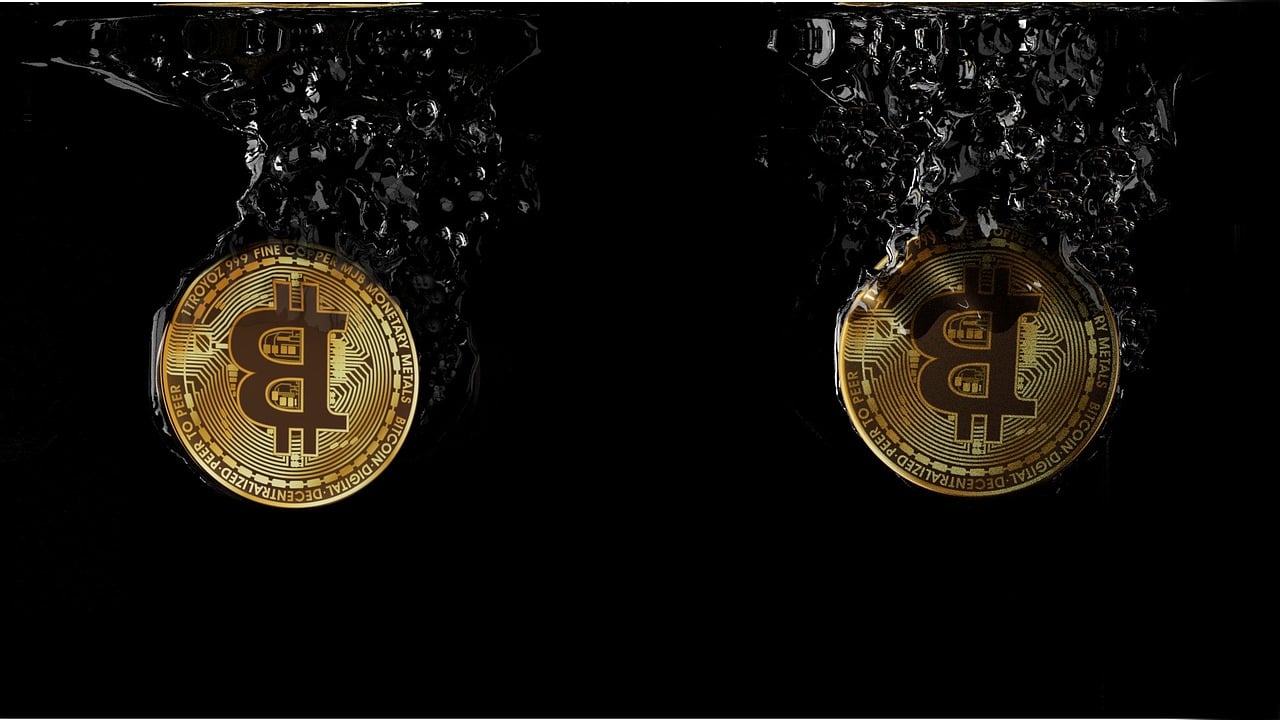There are two reasons that the price of an asset collapses and never recovers…
1. It’s a scam. The asset never should have been treated like an actual object of value, or asset worthy of a valuation greater than zero, in the first place. Since most things are worth something to someone, somewhere, assets that are truly worth nothing are often an outright scam (here’s looking at you, Bitconnect).
2. A structural shift. There’s permanent, structural change in the market – when the cycle itself is broken. This hardly ever happens. It’s when climate change means that the cycle of seasons no longer applies, for example. Or if the demand for horse buggies evaporates – forever – when cars come along. Or in 2006 or so, when Chinese demand for commodities meant that commodities prices would be “stronger for longer” indefinitely. In general, if you think that it’s different this time in the context of structural change, you’re probably wrong.
As my friend and crypto colleague Tama Churchouse hasn’t tired of telling subscribers to Crypto Capital, most ICOs (initial coin offerings… kind of like an IPO, only in for crypto assets) fall into the bucket of 1 above: They’re toxic garbage.
Many of them might be launched by earnest, well-meaning and smart people – but they’re ideas that never should have seen the light of day in the first place. So they will wither and die.
But unless an asset is a total scam, or experiences a permanent destruction in value, it’s going to experience booms… and busts. And that’s what we’re seeing in the world of crypto assets, and it’s perfectly normal, as Tama explained here.
This is what a bubble looks like
In 2008, Jean-Paul Rodrigue, a Canadian transportation scholar, conducted a study of the history of bubbles, and published a model of bubble stages. He broke it down as follows…
1. Stealth Phase. The initial bubble stage is where a new market opportunity, or paradigm, is cautiously recognised by early smart money investors.
2. Awareness Phase. As market prices rise, more investors are attracted to the new investment story. The media begins to cover the story, adding to the momentum, and investors become increasingly interested – and increasingly less sophisticated.
3. Mania Phase. Now everyone notices the rising prices. The media is touting “the investment of a lifetime.” Price becomes detached from underlying economic reality. Euphoric, irrational investors project recent price gains into the future. Enthusiasm spreads like a contagion between investors. A feedback loop ensues – rising prices amplify stories that seem to justify high valuations, which attract an ever-increasing number of buyers.
Even cynical traders join the buying, expecting to sell to “greater fools.” Price gains become nearly parabolic. Paper fortunes are made. Greed rules. Meanwhile, the smart money is selling to the dumb money. (Uniquely for cryptos, individuals aren’t the dummies in this equation.)
Where Should I Send This complimentary
Property Investing Bible?
For the first time in 40 years, multi-millionaire investor Peter Churchouse reveals the five principles behind his booming property empire. He’s sharing them for a limited time.
Just tell me your address here.
4. Blow-off Phase. At some point buying abates and a paradigm shift slowly – or sometimes quickly – unfolds, as market participants realise something has changed. Sellers now find few buyers and prices fall quickly. If it’s a stock bubble, leveraged speculators face margin calls and are forced to sell. The decline becomes a crash.
That’s what happened with bitcoin in 2013, as you can see in the graph below.

Where we are today
“History doesn’t repeat itself, but it often rhymes,” American humorist and author Mark Twain may have said. He wasn’t talking about bitcoin, but he may as well have been.
What happened in 2013… is happening again (see below). The blow-off phase of the 2017 bitcoin (and crypto) bubble was brutal. Bitcoin fell by more than 65 percent. As part of this, a lot of crypto assets – and I use the term “assets” very generously – vanished (see point 1 at the beginning of this article).

This wasn’t a surprise. But that doesn’t make the destruction of value any easier to stomach. And it also means that now is the time to prepare for history to rhyme. At some point soon – I don’t know when but the day is approaching – the blow-off phase will be over.
What happens then? Something similar (see Mark Twain above) to before, and asset prices will recover. The process isn’t going to be the same. But I can assure this: Some crypto assets will pick up where they left off (some already have, in fact). Others will go to the moon. Most will be gone forever, in the graveyard of Pets.com-style bad ideas.
Telling them apart isn’t easy. So I listen to what Tama has to say, and follow along with his analytical process.
Just a few days ago, Tama put together a special emergency report on the four crypto assets that are best positioned to boom in coming months… as the entire crypto universe works through the blow-off phase. It’s a report that’s available to all Crypto Capital subscribers. If you’re on the fence about the whole crypto thing… get off the fence and check it out here. We’ve re-opened Crypto Capital to new subscribers, but it won’t be for long.





